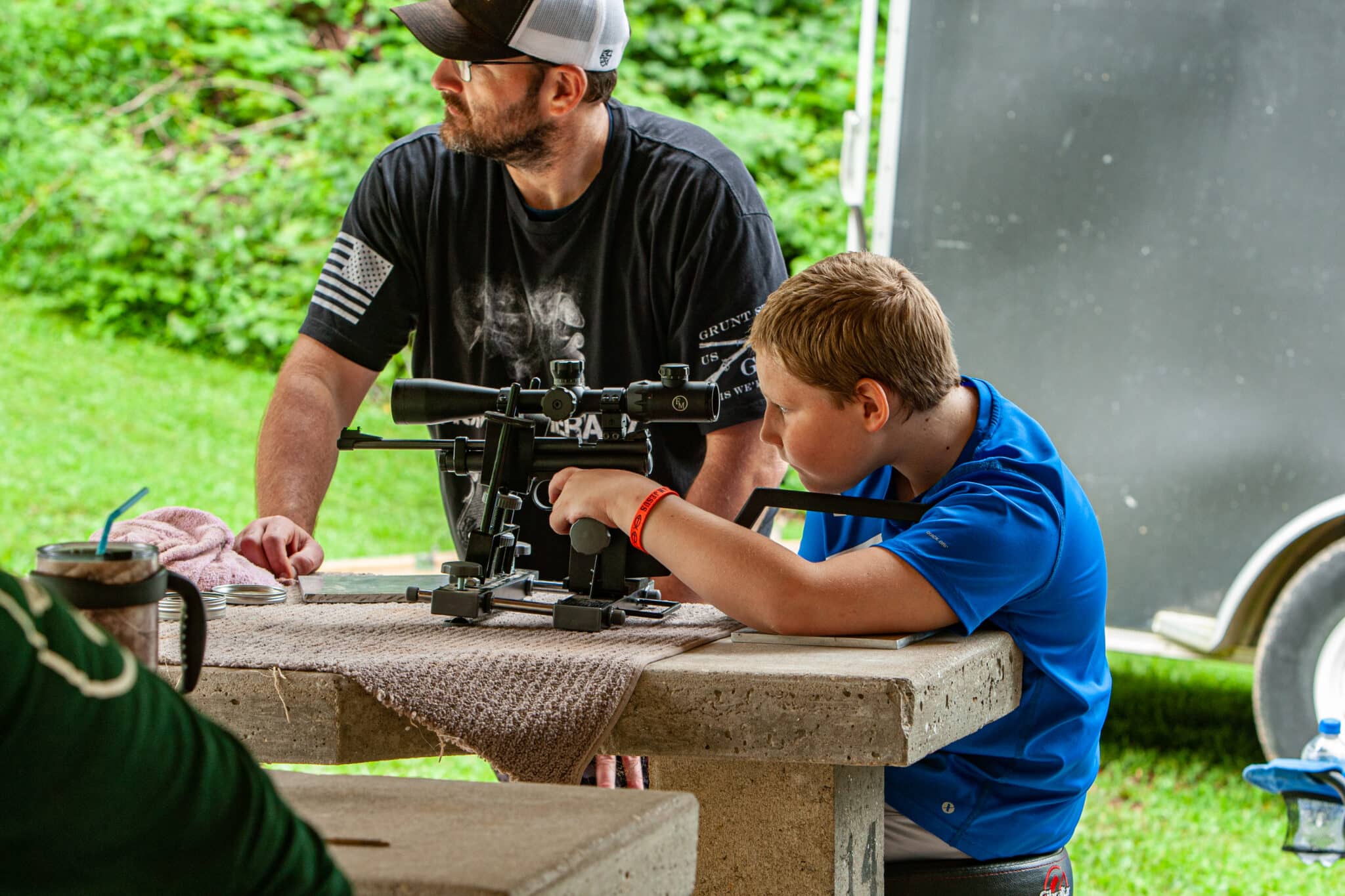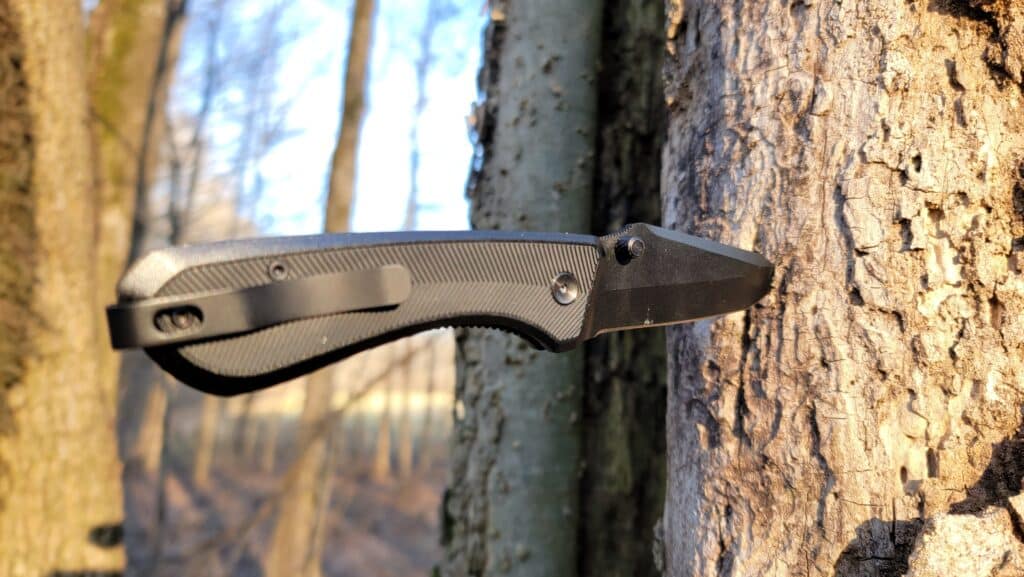How to Choose the Right Knife for Everyday Carry
Overall Design Consideration
For everyday carry, you’ll want a knife that strikes a balance between being compact and lightweight enough to comfortably carry in your pocket or on a keychain. Consider the local laws and regulations regarding blade length, as they may vary in different regions. Look for a knife with a versatile blade design that can handle a range of tasks. A drop point or clip point blade is often a good choice as it offers a sharp point for precision work and a curved belly for general cutting tasks. High-quality stainless steel blades are commonly preferred for their durability, resistance to corrosion, and ease of maintenance. There are various types of steel available, each with its own unique properties, so consider your needs and budget when selecting a blade material.
Blade and Handle Type
A reliable and secure locking mechanism is crucial for safety during use. Common types include liner locks, frame locks, and lookbacks. Ensure that the chosen knife has a robust locking mechanism that prevents accidental closure while in use. However, fixed-blade knives like the AMTAC Blades Northman X and similar designs are becoming increasingly popular due to their overall versatility, lack of moving parts, and of course the fact that they excel in the self-defense department versus virtually every other blade of its size.
The handle should be comfortable to hold and provide a secure grip. Look for materials like G-10, carbon fiber, or textured stainless steel that offer durability and enhanced grip. Wood is a nice callback but it’s ultimately far less durable and won’t last nearly as long as modern synthetic materials. Pay attention to the handle design to ensure it fits well in your hand and allows for easy manipulation of the knife for its intended purpose. Short stubby grips can be good for concealing a knife for self-defense purposes but often make for a poor cutting tool, especially when it comes to larger tasks.
Other things to consider
Knives can have different opening mechanisms, such as thumb studs, thumb holes, or flipper tabs. Some have none, and others open using a button or switch (such as a Microtech OTF knife or the SOG-TAC AU. Choose a mechanism that suits your preference and allows for smooth and quick deployment of the blade when needed. Also, consider the carry options provided by the knife, many EDC knives come with pocket clips that allow for convenient and discreet carrying. Some knives also offer additional features like lanyard holes for alternative carry methods.
Price and Brand can also be big determining factors for buying a potential knife for EDC duty. Not all knives are created equal and not all of us have the same budget. Determine your budget and explore reputable brands known for their quality and reliability. While there are excellent options available at different price points, investing in a well-made knife from a respected manufacturer can provide you with a reliable tool that will last instead of a cheap knife that will only fall apart after you’ve used it a handful of times – knives found at gun shows are most notorious for this but there are also a lot of popular knives from big name brands that follow this same pattern – once again primarily look for quality materials being used in the blades overall design.
Final Thoughts
Remember, the goal is to choose a knife that suits your everyday needs, whether it’s opening packages, performing general tasks, or even assisting with outdoor activities like camping. By considering the factors mentioned above, you can select a knife that is not only suitable for the job but also fits comfortably into your daily routine.
In conclusion, selecting the right knife for everyday carry requires thoughtful consideration of its functionality and suitability for a variety of tasks. While knives are commonly associated with self-defense, their primary use is often for everyday activities like opening mail, and boxes, and performing general cutting tasks. Additionally, they can be valuable tools for outdoor pursuits like camping, hiking, and work around the house, shop or ranch, and even the range. By considering factors such as size, blade design, material, locking mechanism, handle ergonomics, opening mechanism, carry options, maintenance, and budget, you can find a knife that seamlessly integrates into your daily routine. Remember, a well-chosen everyday carry knife can be a reliable companion, providing the versatility and practicality you need to tackle a range of situations with ease.




